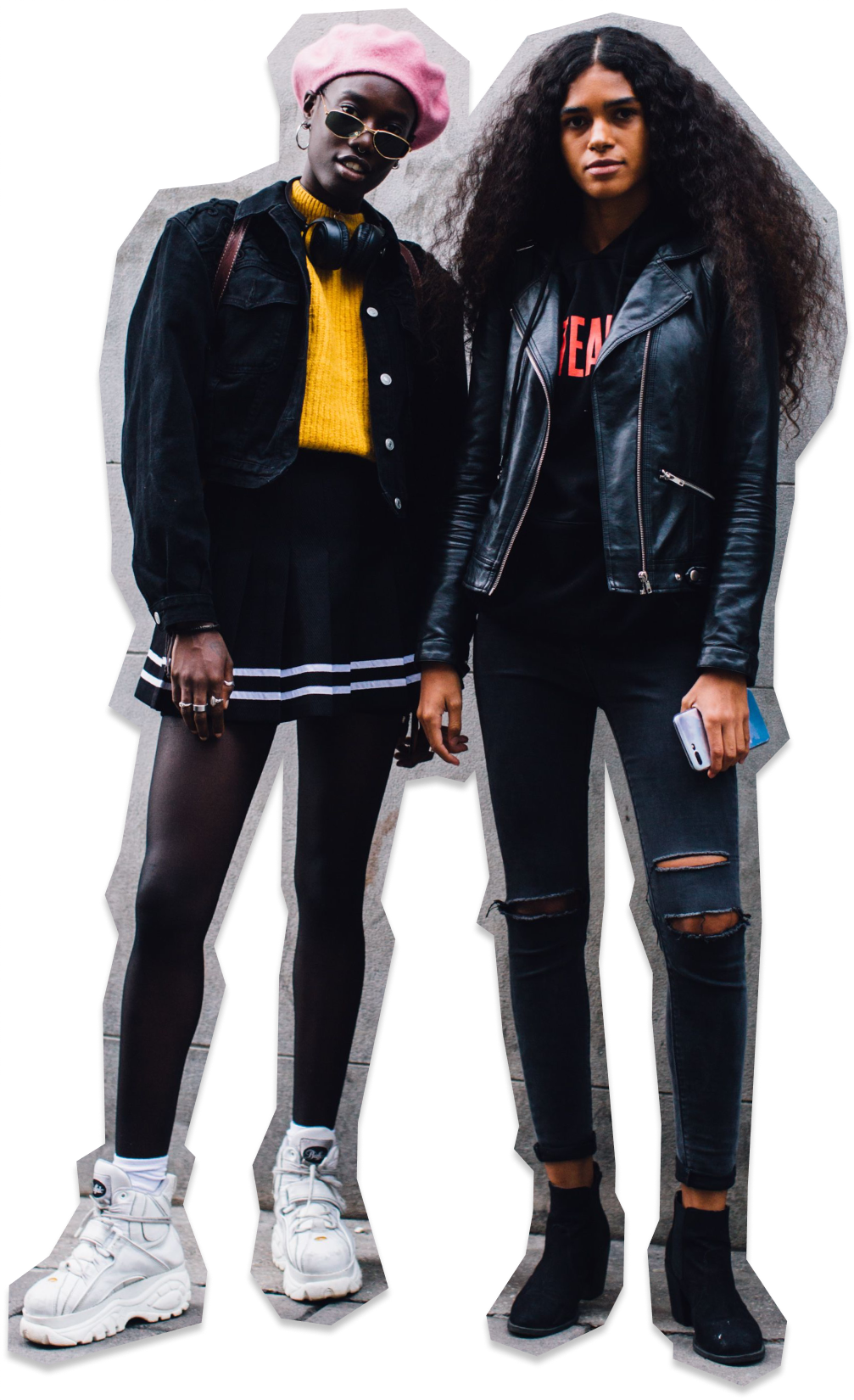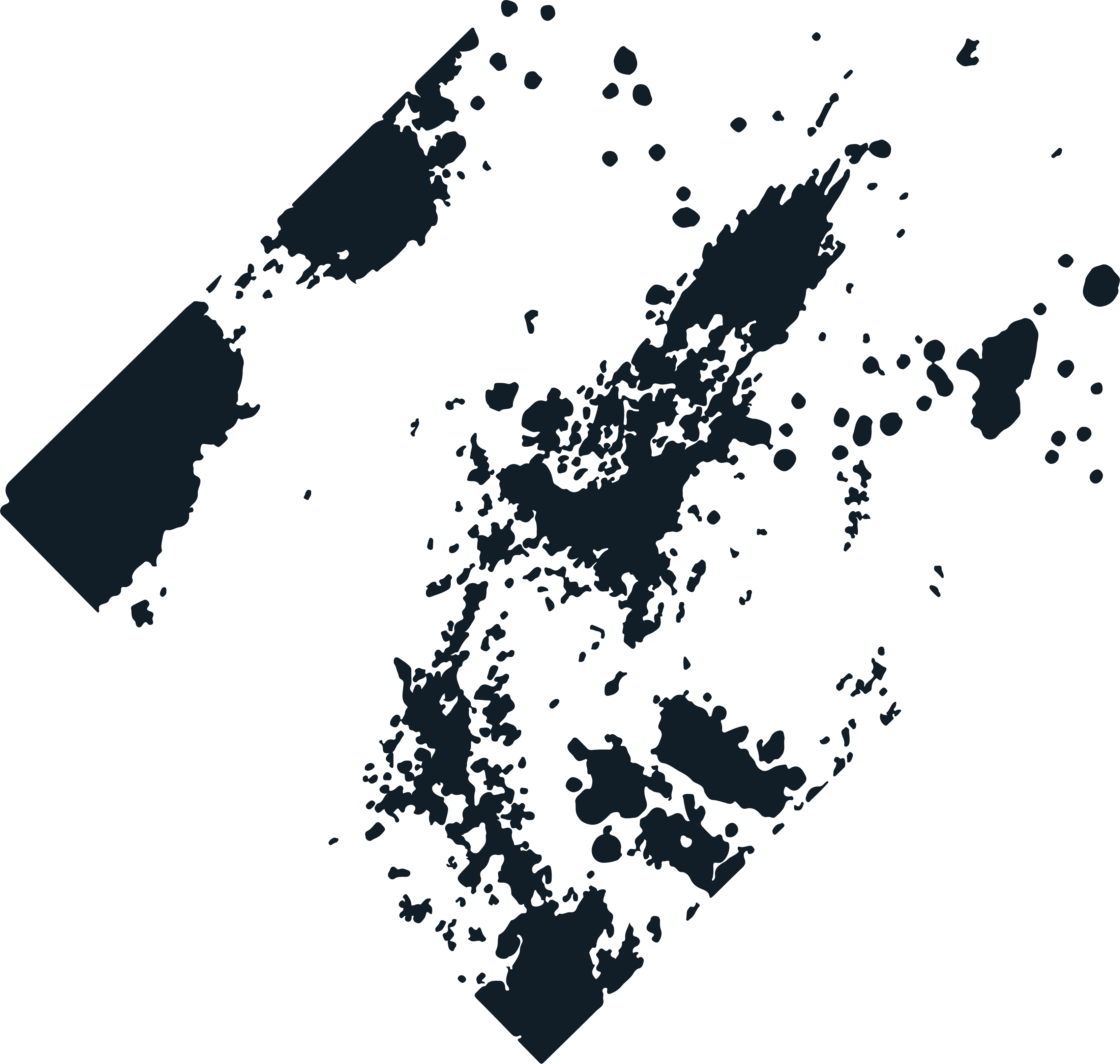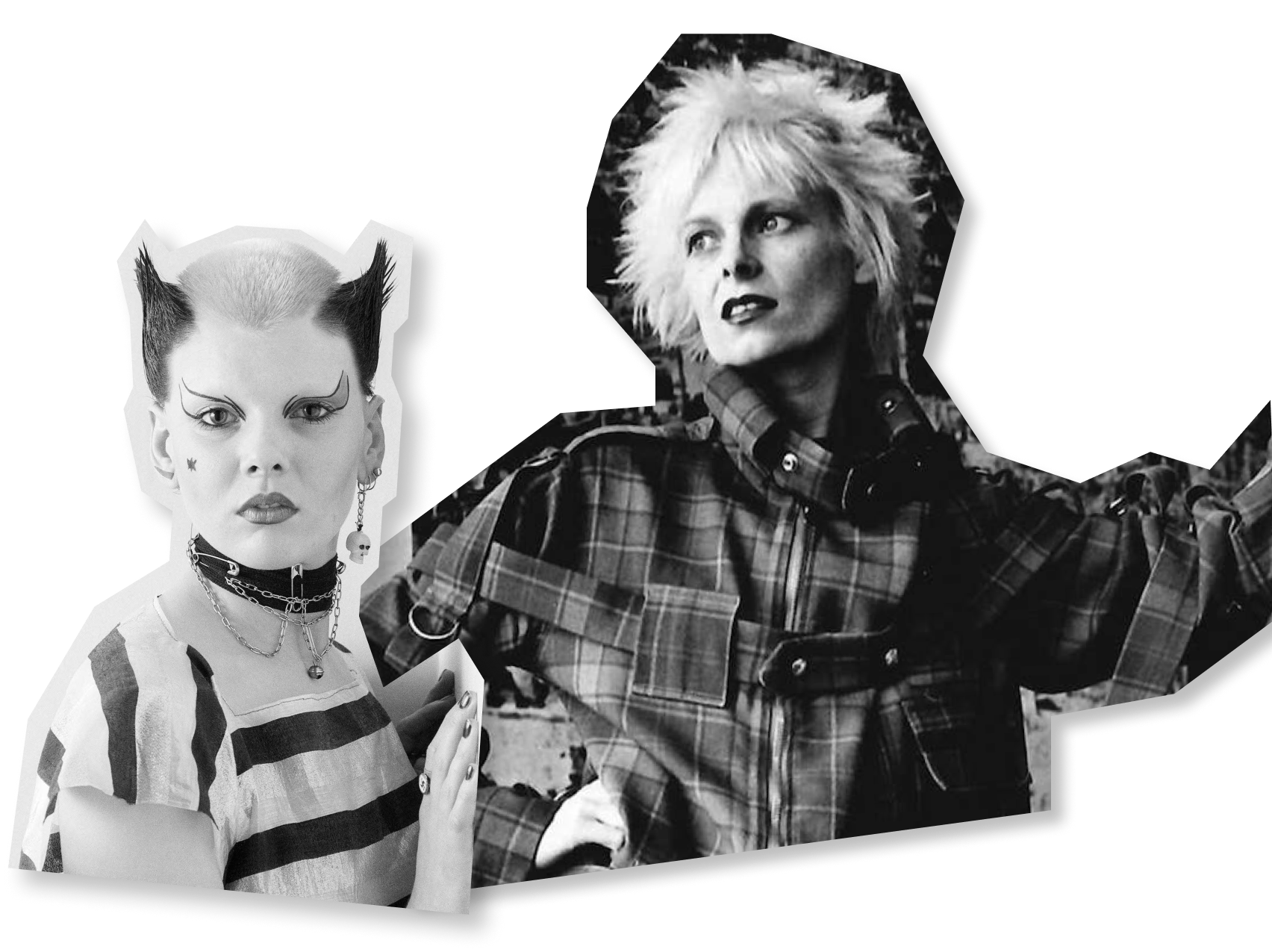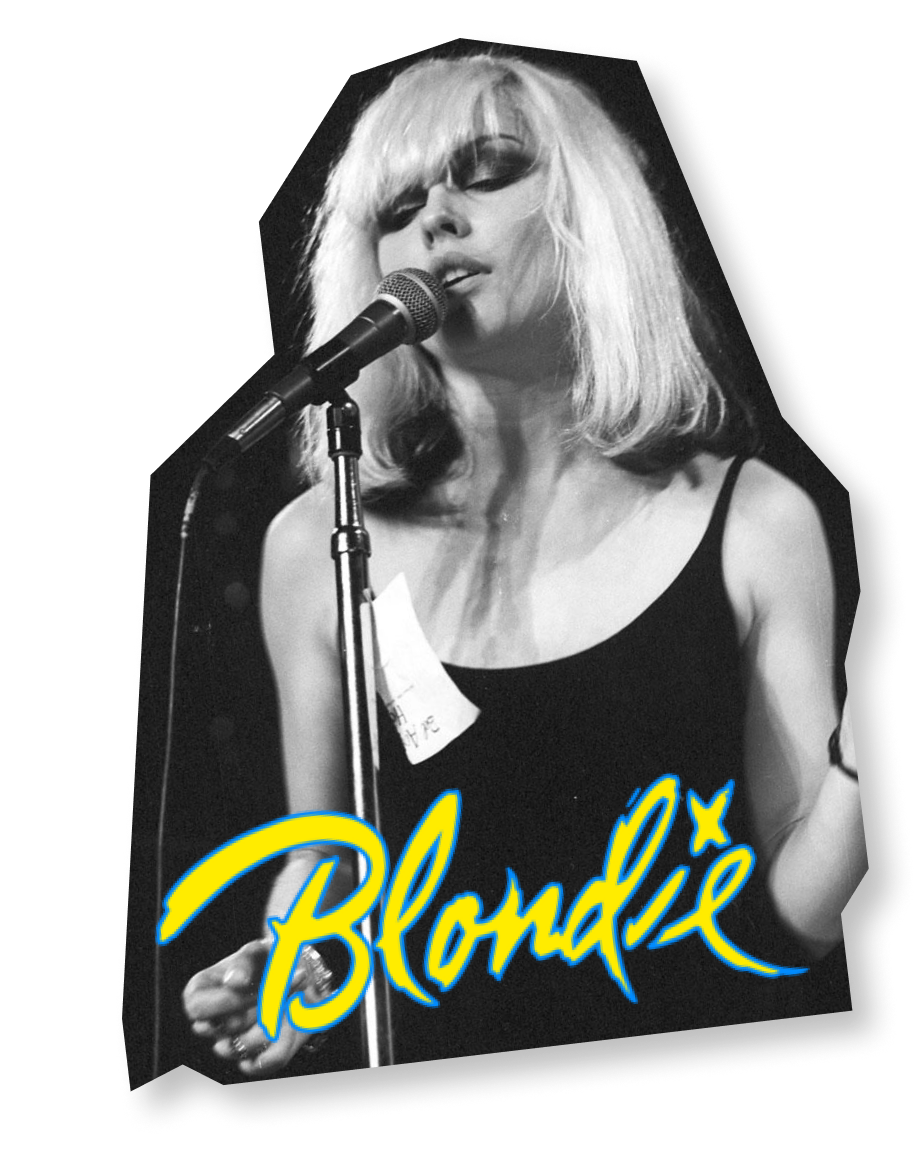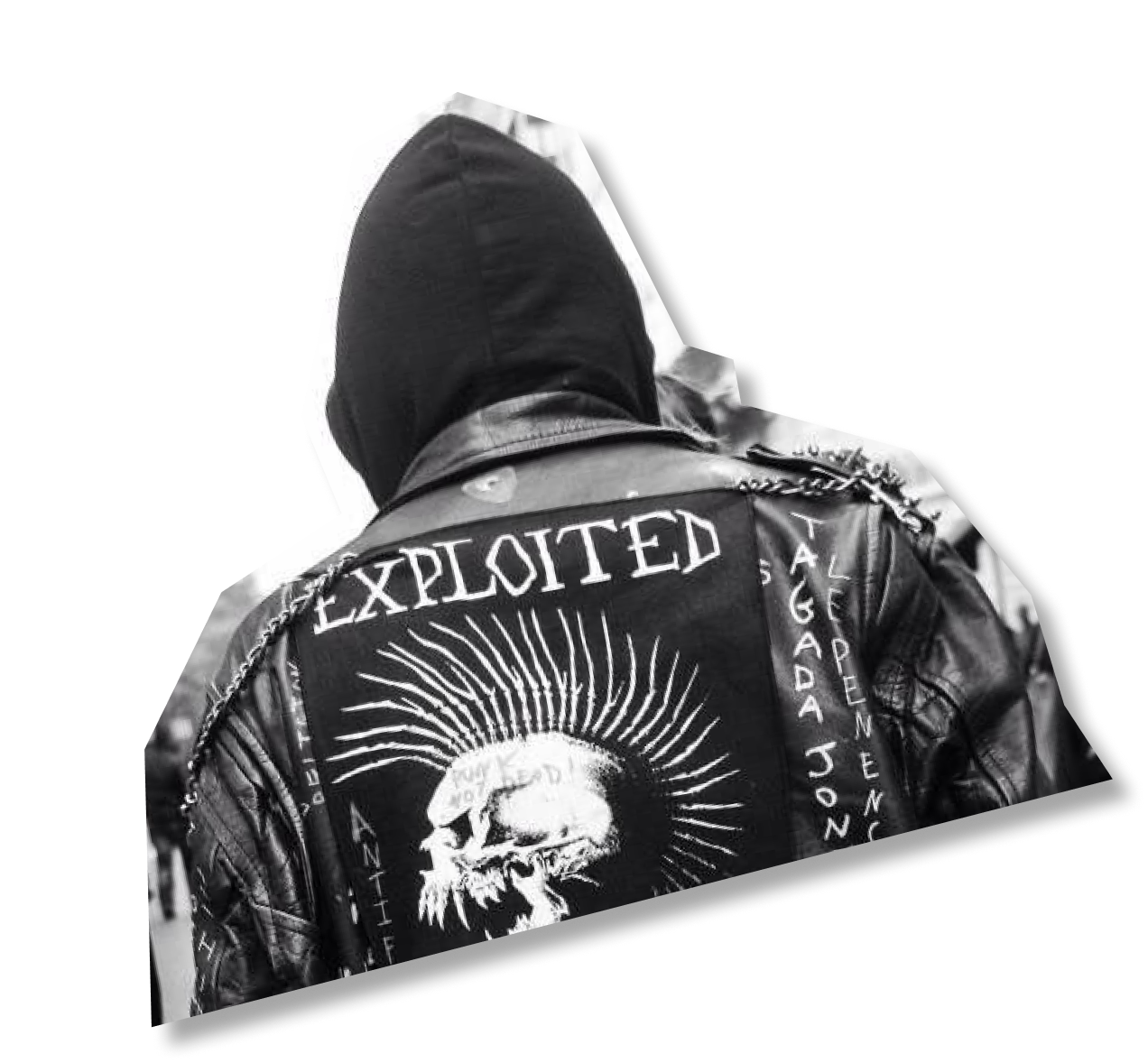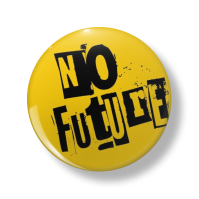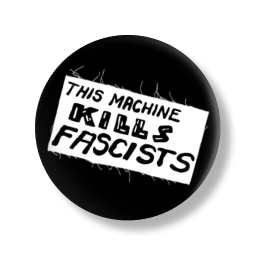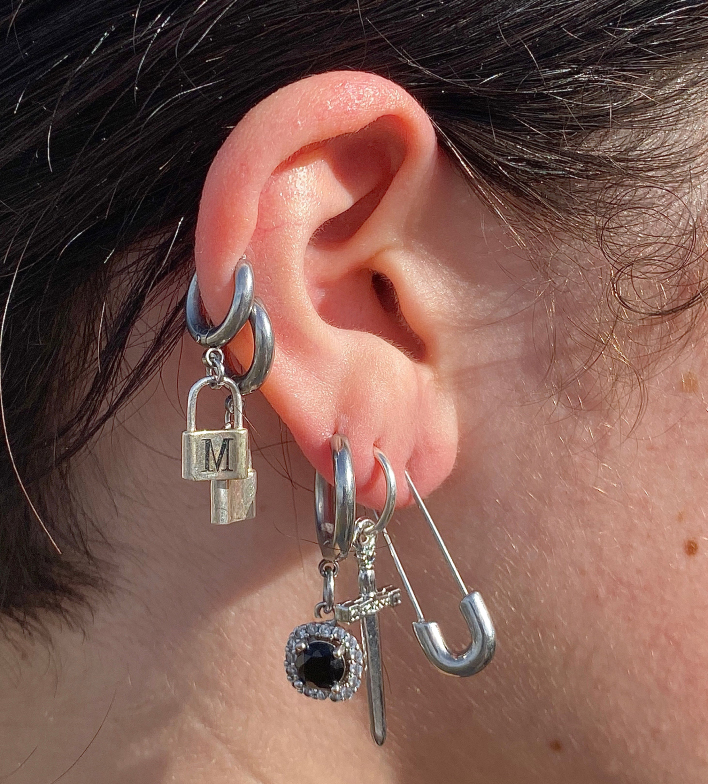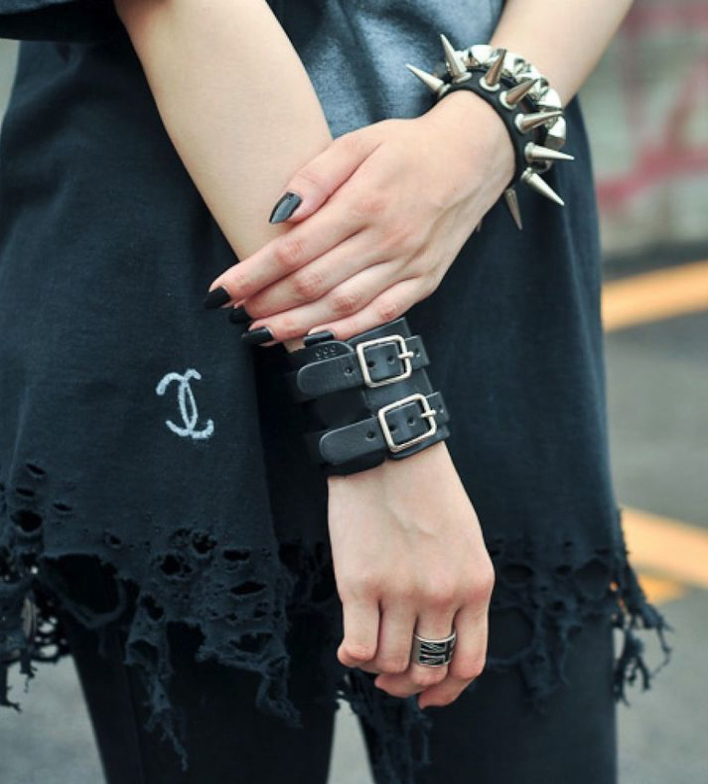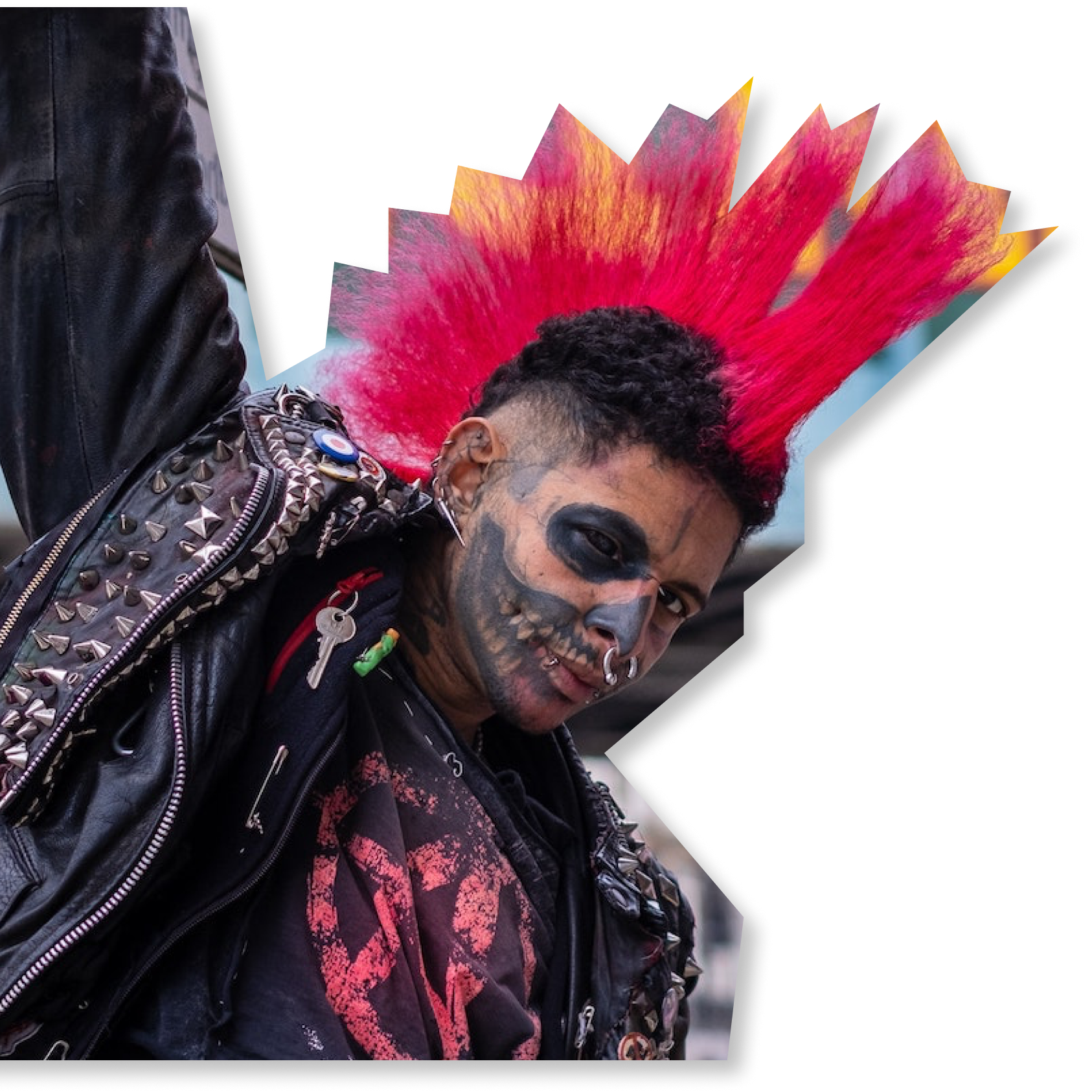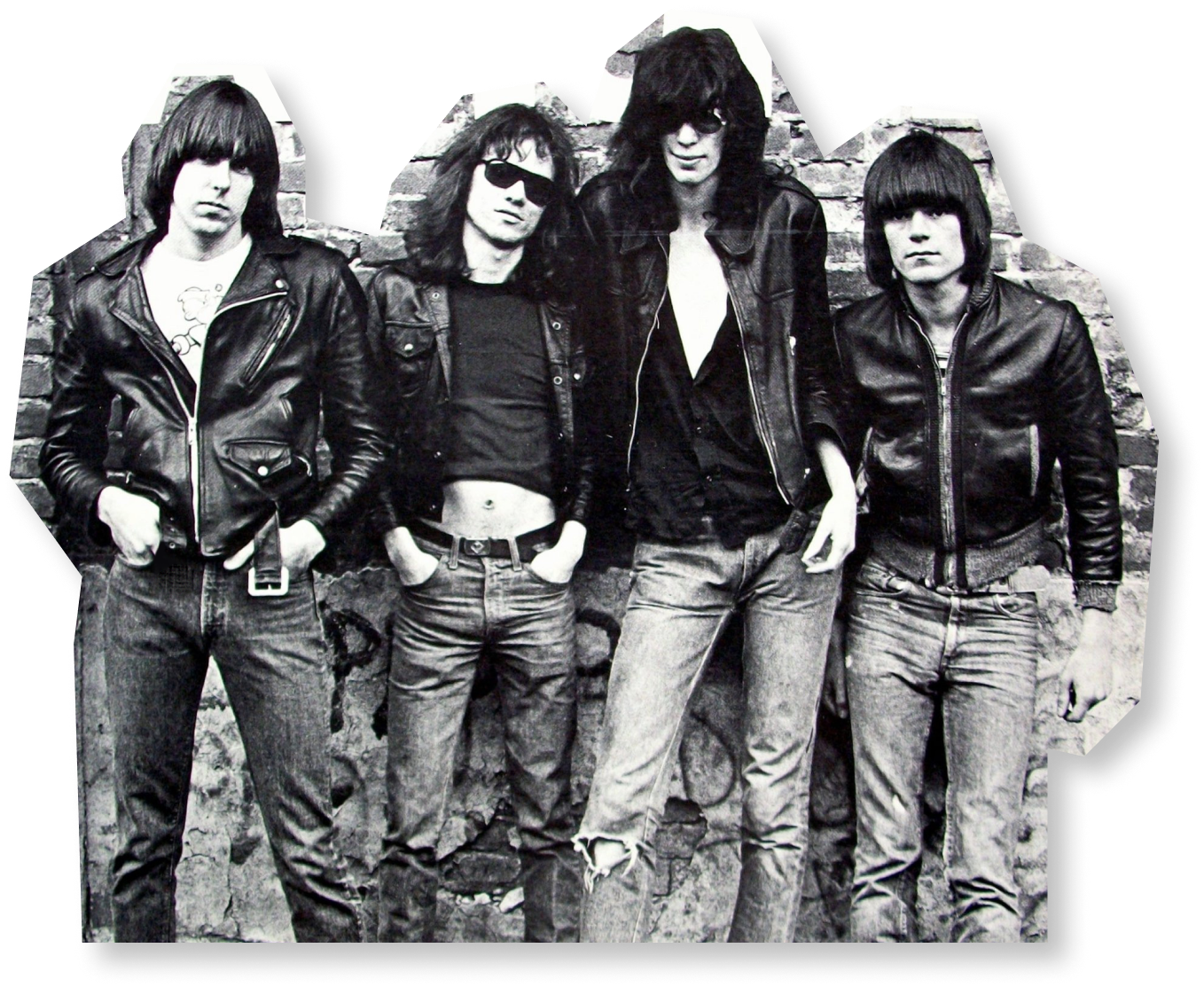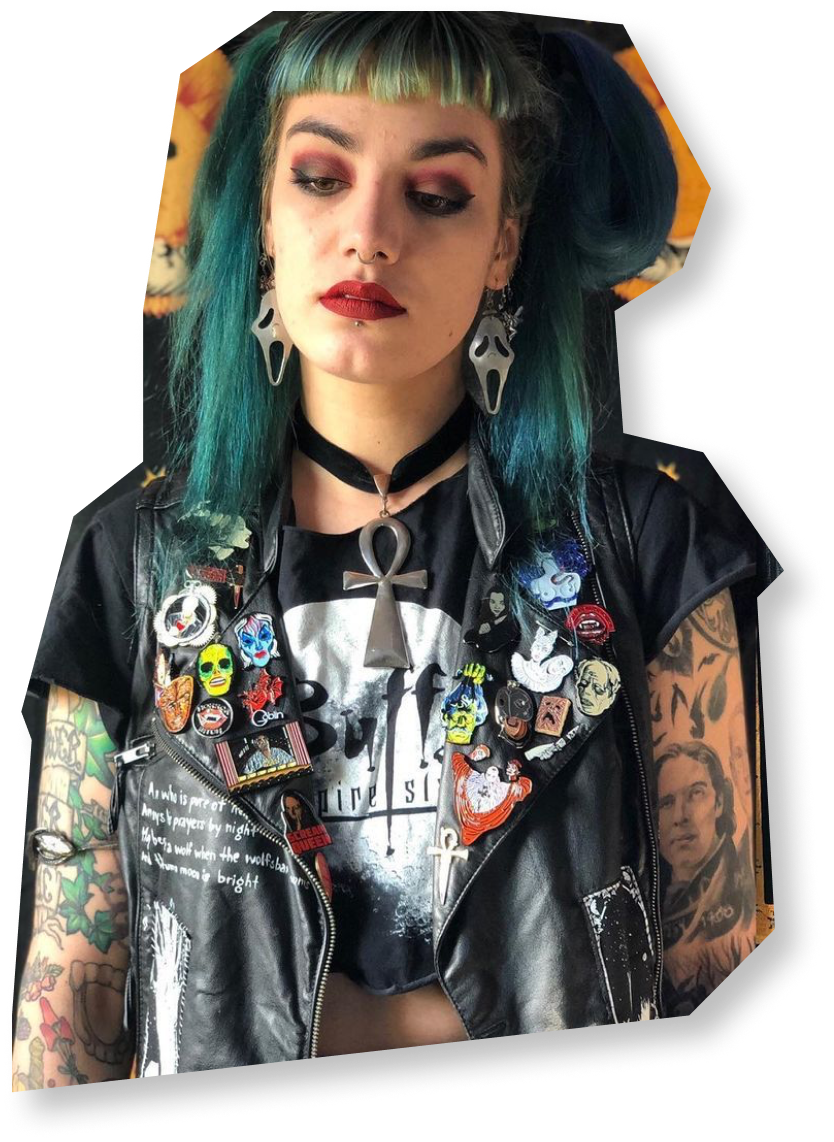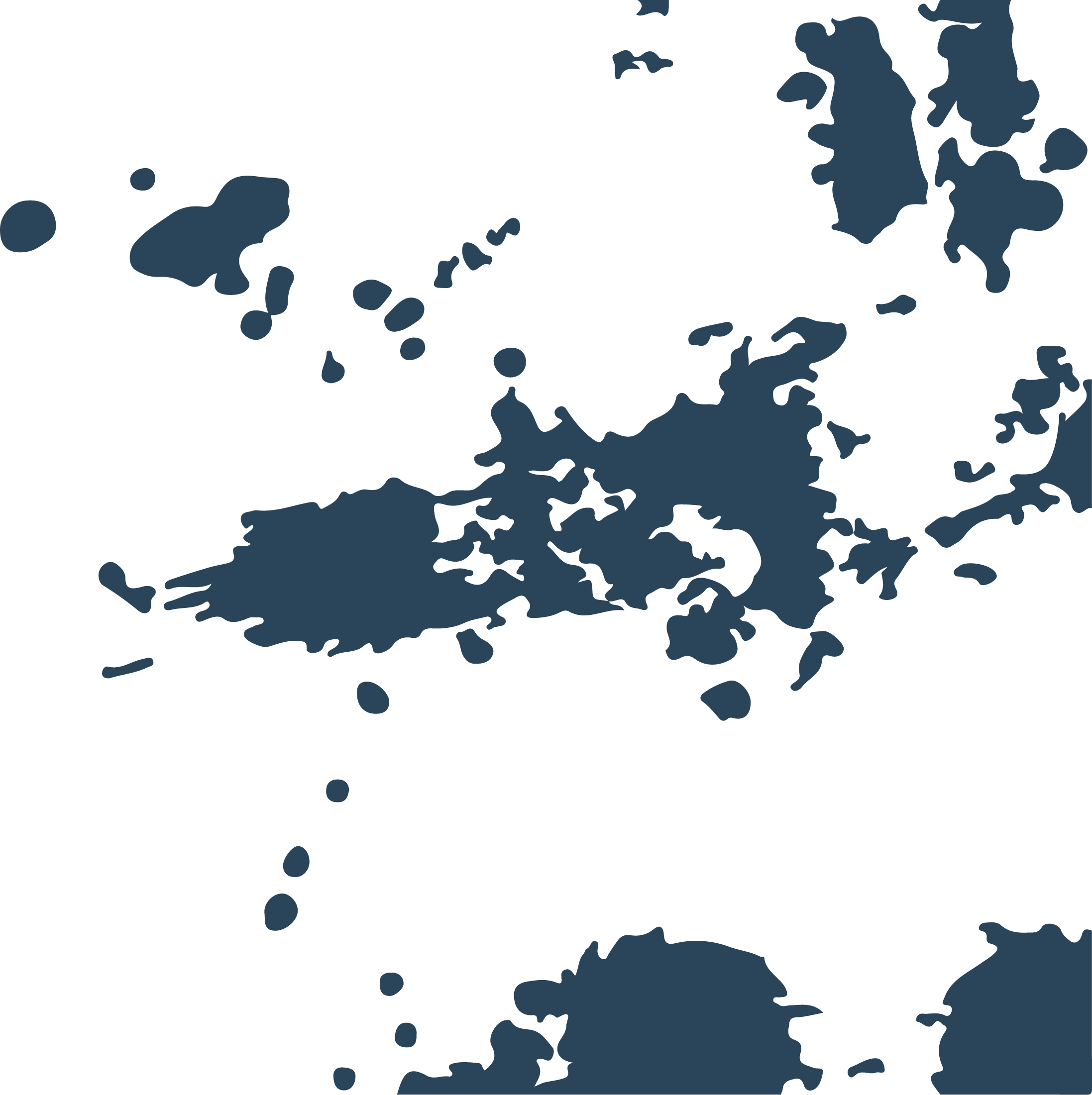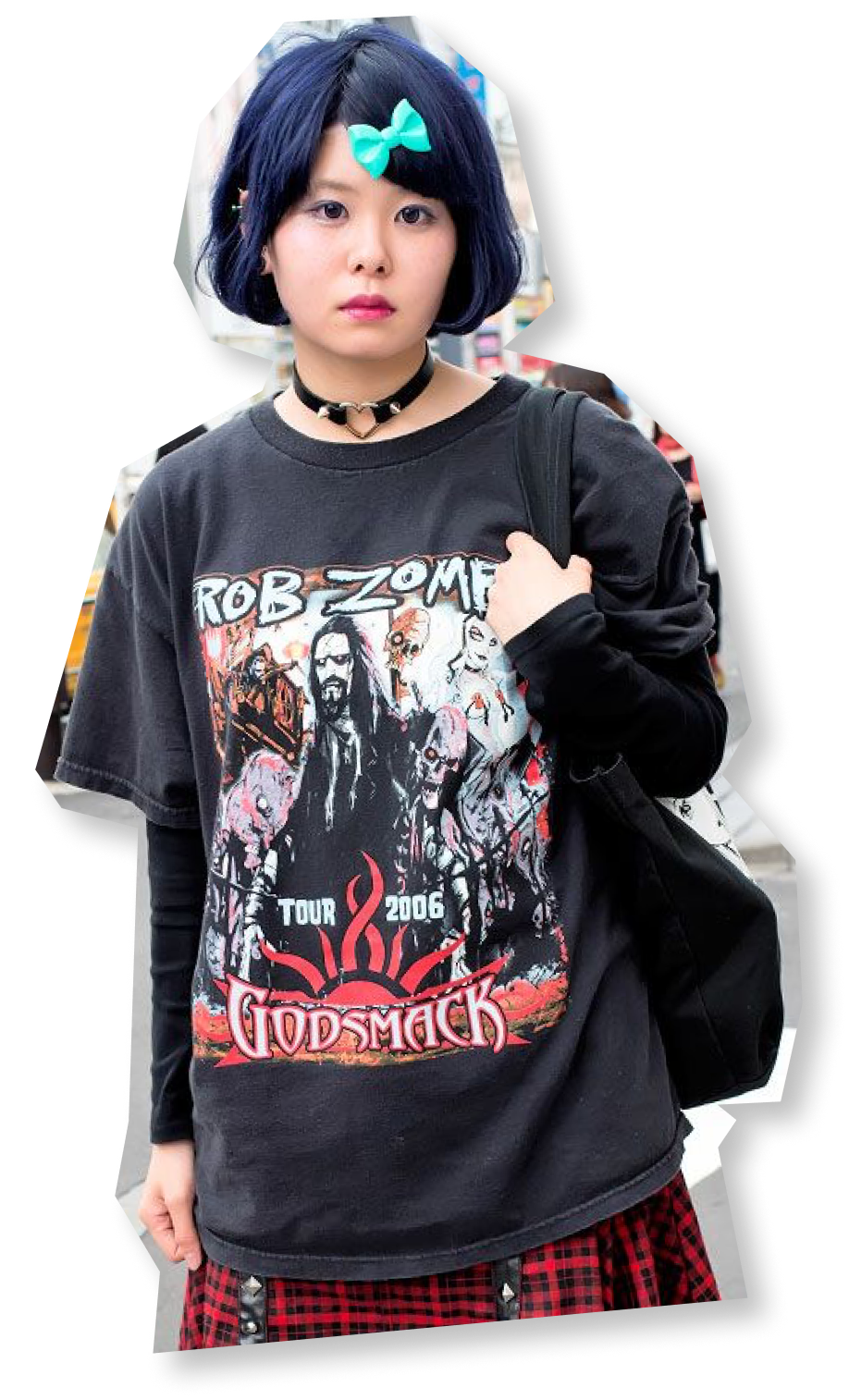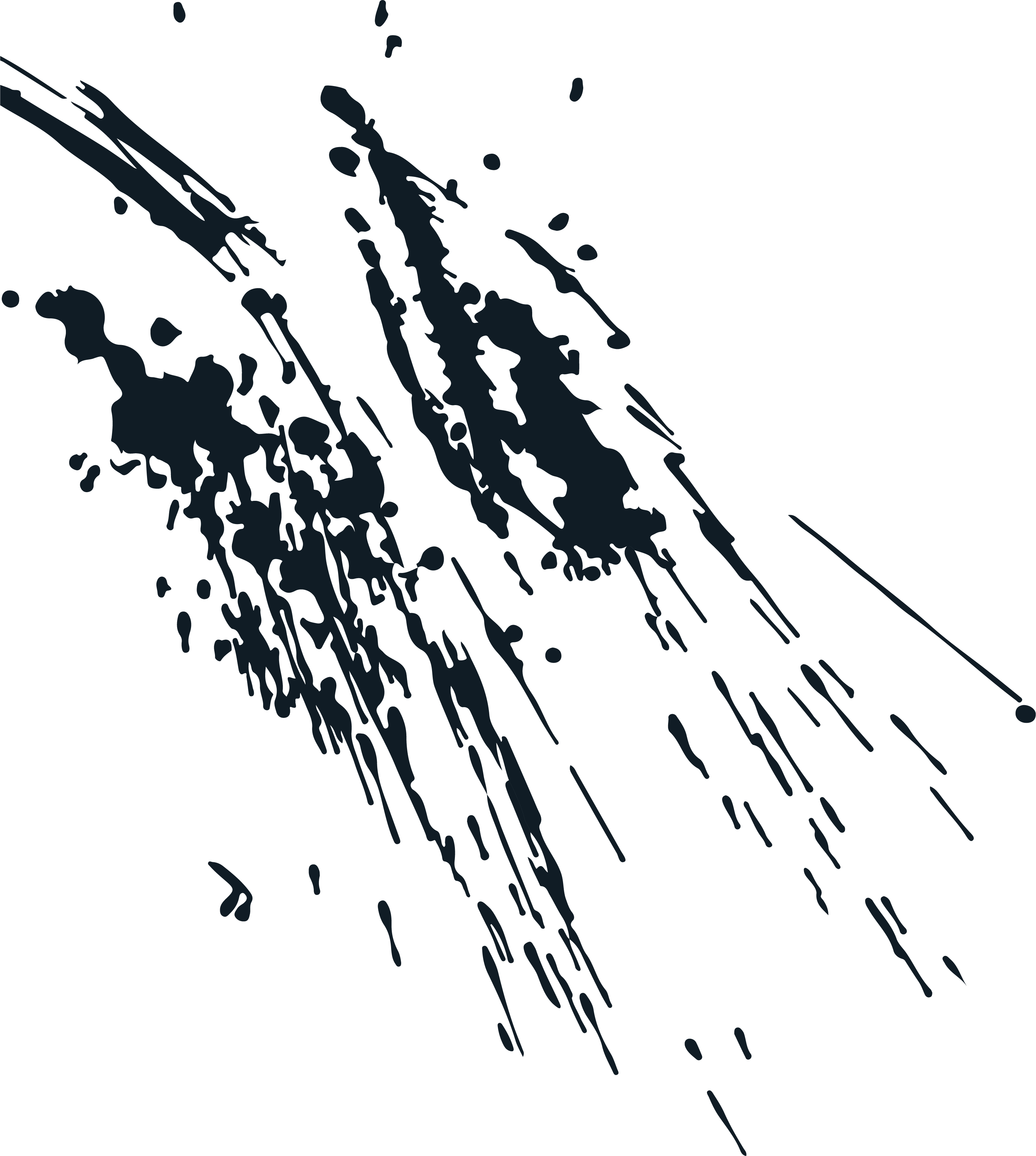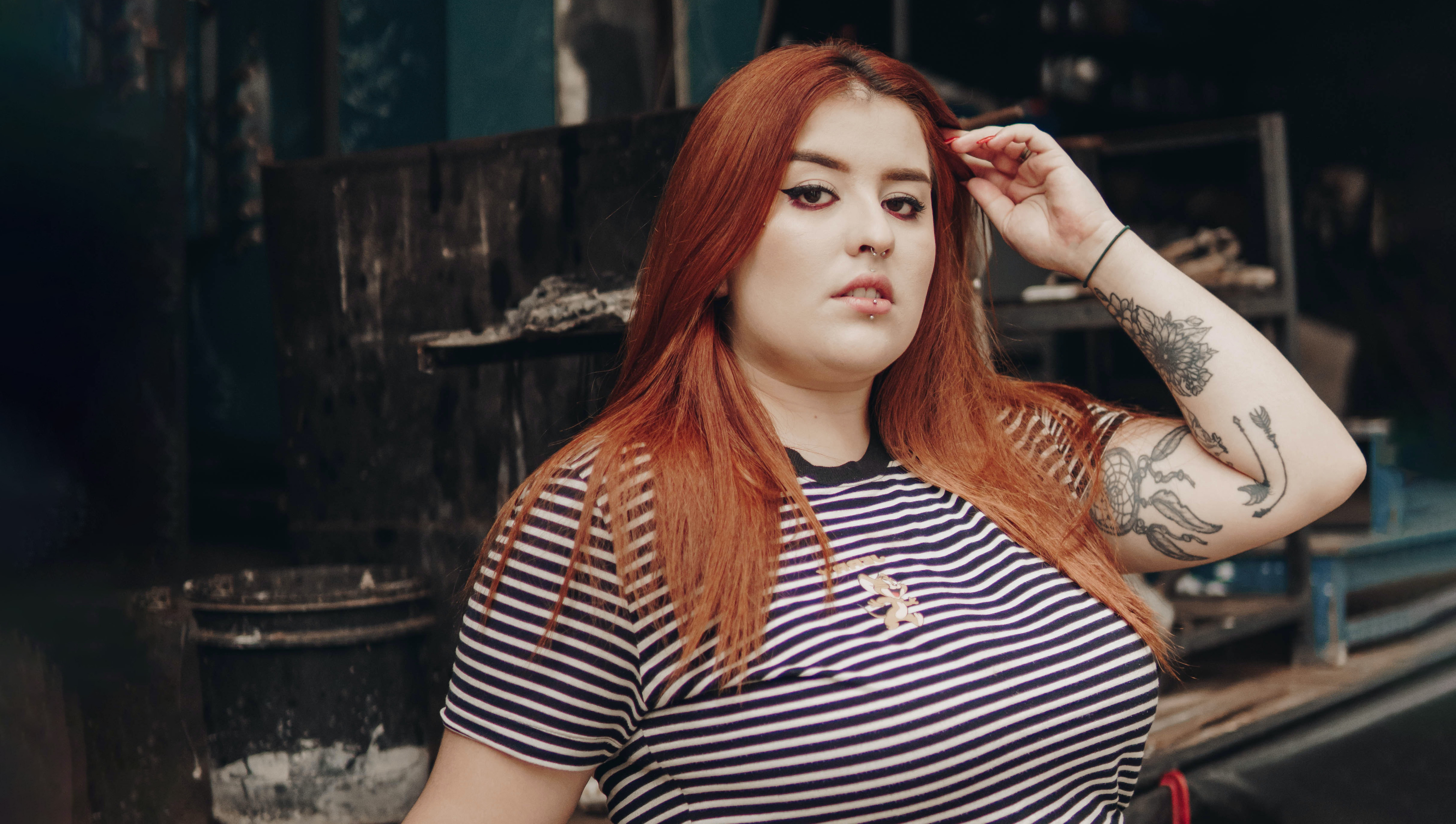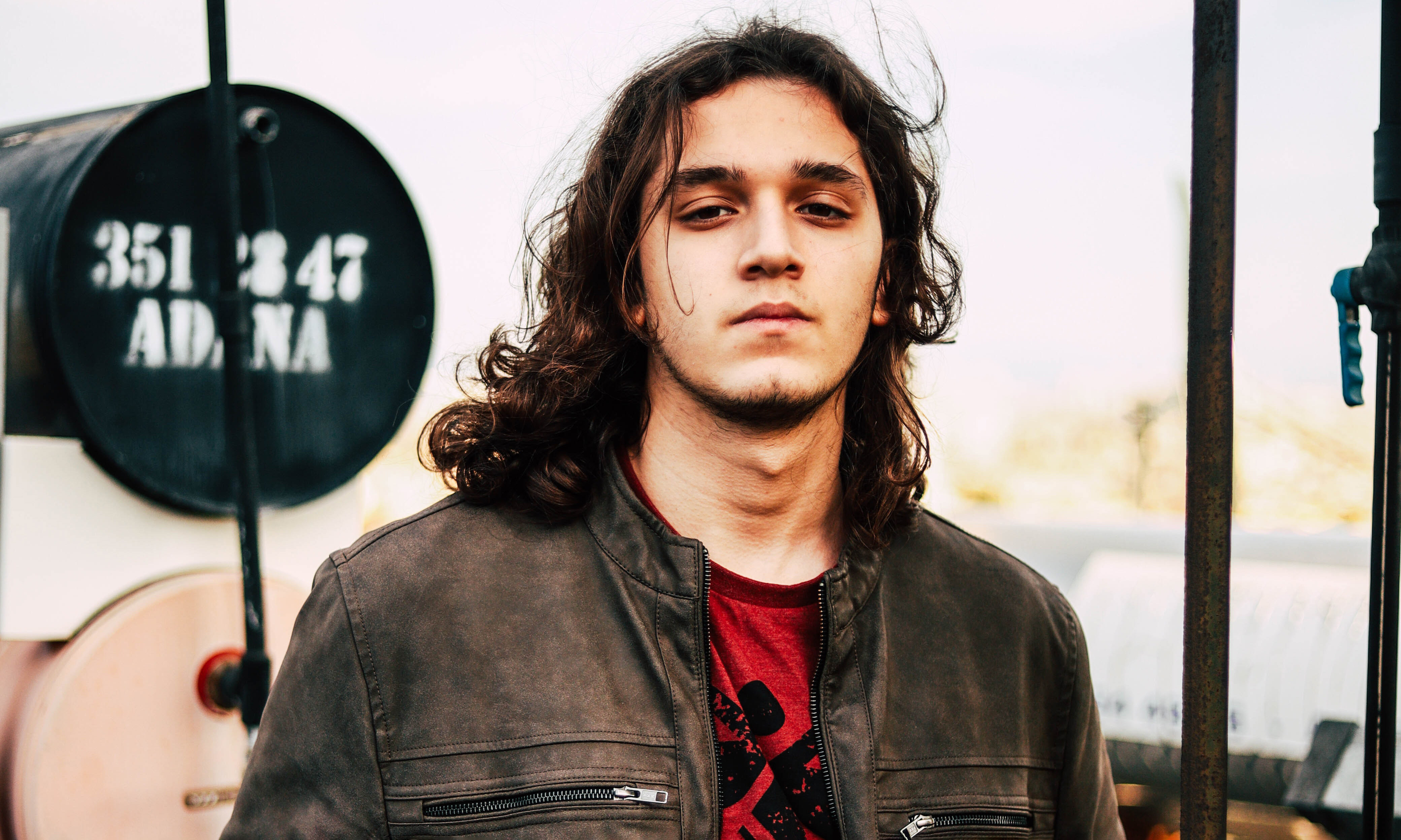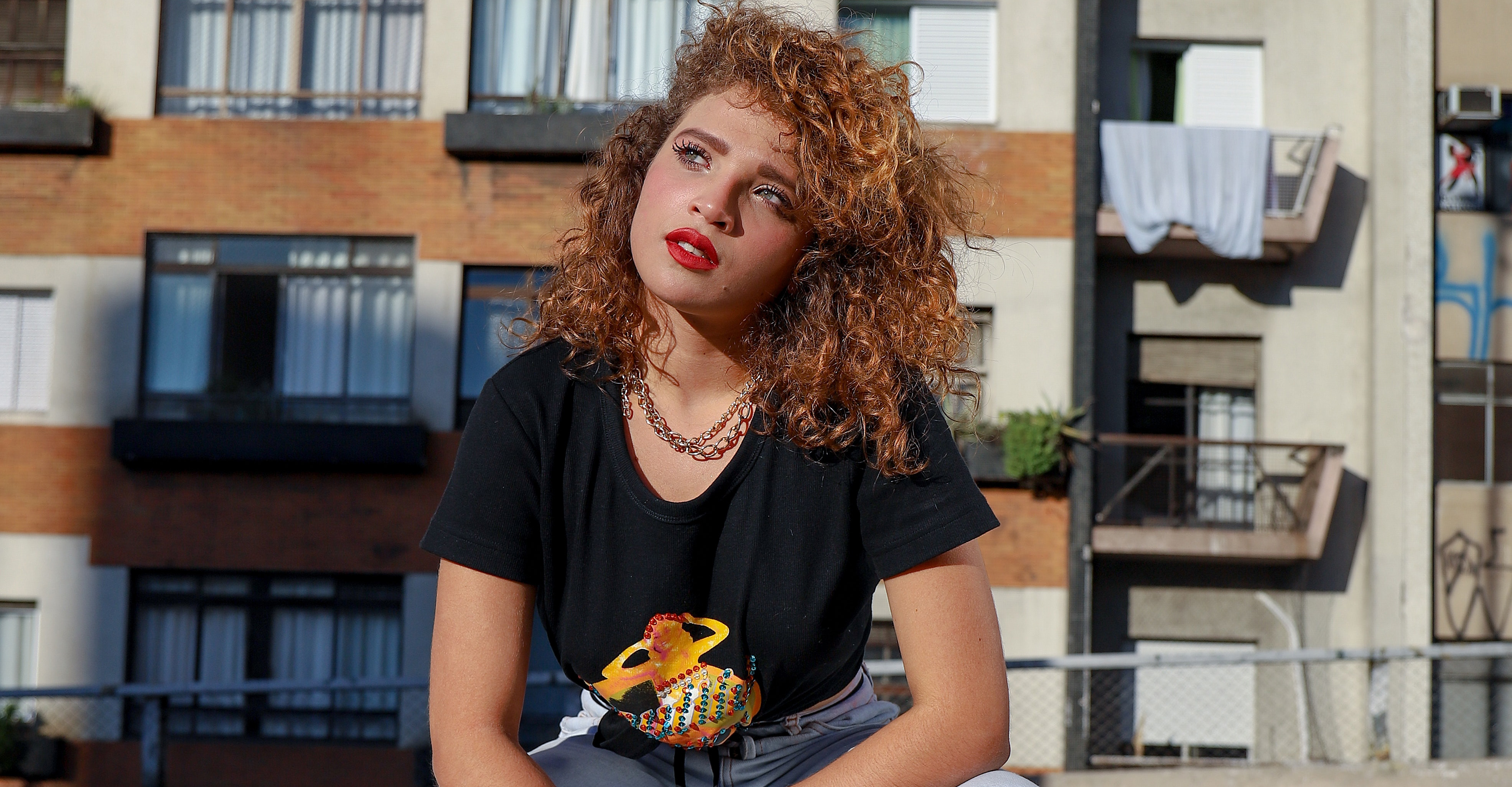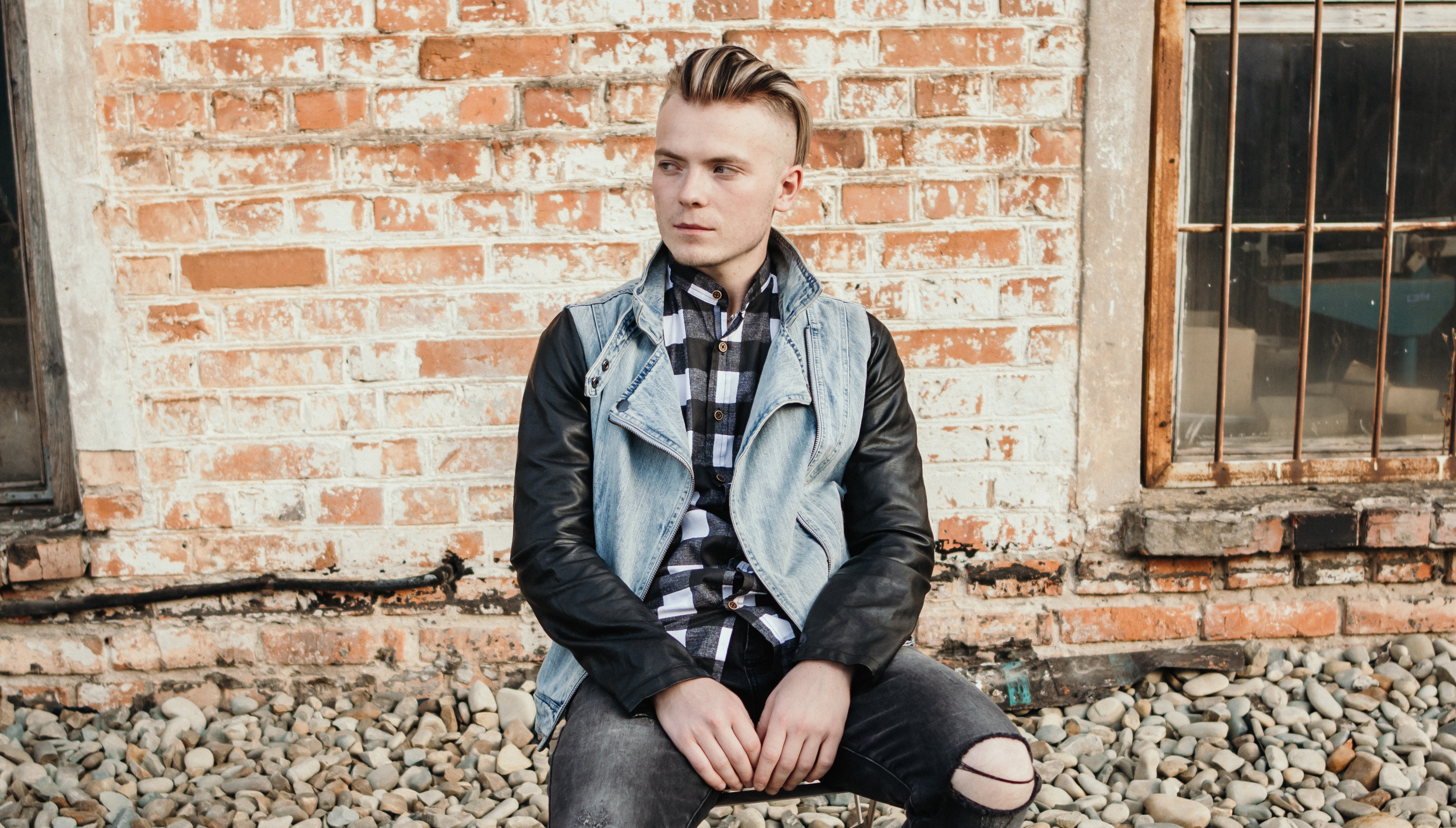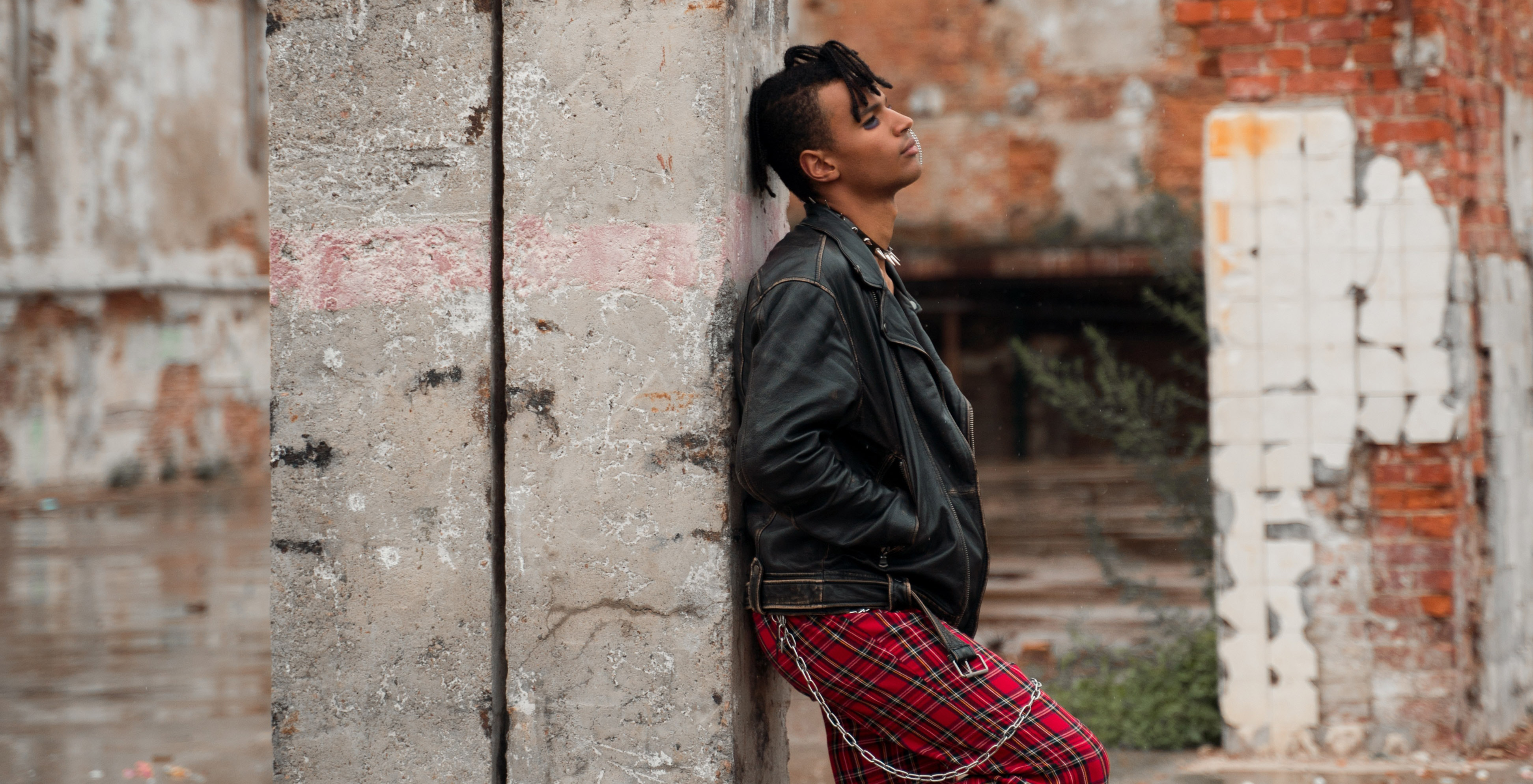What the Punk?!
Street style. Anti-establishment. Edgy outfits. Alternative. All of these words are used to describe people who rebel and embrace punk fashion.
Punk fashion includes clothing, hair, makeup, and jewelry. The style can change wildly from person to person, whether they are a fashion designer, band member, or your average punk.
But where did the punk movement begin, and what does it really include?
Counterculture Culture
Punk fashion goes against the norm. The punk style first emerged in the streets of London during the mid-1970s and was highly influenced by punk rock, an aggressive style of rock music that emphasized self-expression and self-assertion. People wanted to be heard, and they were not afraid of looking or sounding gritty to do it.
Expressing one's unique identity and not conforming to rules formed the backbone of the punk movement; punk fashion was a protest. Punks were making statements about money, war, and clothing standards that shocked and offended people in the 1970s.

